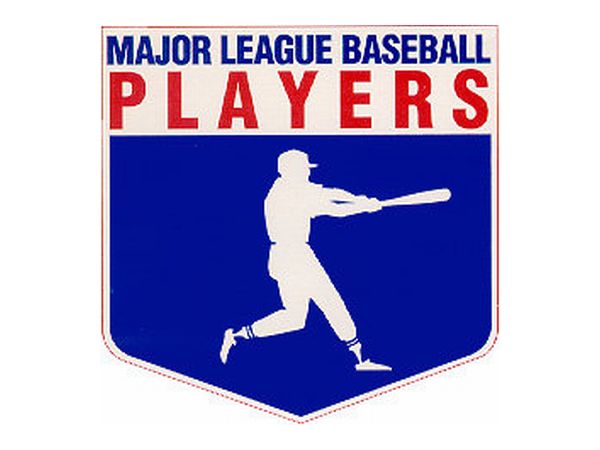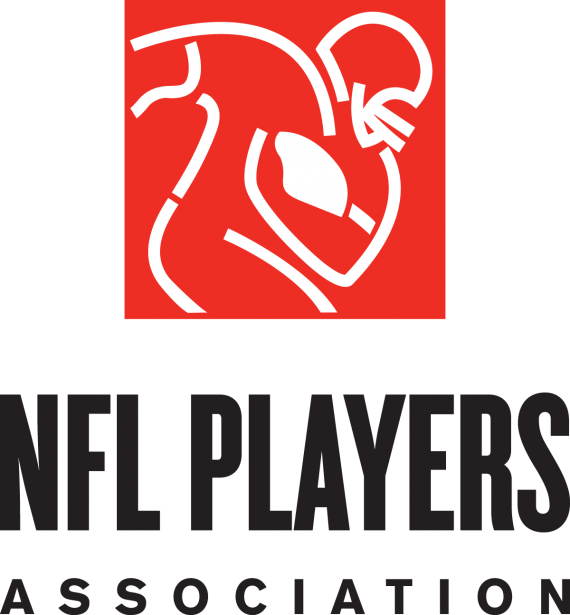
The Major League Baseball Players Association (MLBPA) appears to be using deceptive and misleading spin tactics to manipulate public opinion in their defense of J.C. Romero and Sergio Mitre. The MLB baseball players have been suspended after testing positive for androstenedione which is classified as an anabolic steroid under the MLB drug policy. The MLBPA unfairly and erroneously attempts to blame the positive steroid test on a “minute trace” of androstenedione contamination in the dietary supplement 6-OXO by Ergopharm; these assertions have been made in the absence of lab analysis showing contamination (“MLBPA statement in response to media reports on the suspension of J.C. Romero,” January 6).
“In our view, J.C. is being unfairly punished because a supplement he purchased in a retail store contained a minute trace of a banned substance.
Michael Weiner, the MLBPA’s general counsel, went on the media interview circuit blaming contaminated dietary supplements for the androstenedione positives (MLB suspends Phillies LHP Romero, Yankees RHP Mitre 50 games, January 6).
“Nothing on the labels of those supplements indicated that they contained a trace amount of a substance prohibited under Major League Baseball’s Joint Drug Prevention and Treatment Program.”
NSF International, the company paid to “certify” supplements for Major League Baseball, was complicit to the MLBPA public relations campaign to cast blame on the dietary supplement industry. Ed Wyszumiala, the manager of dietary supplement testing programsat NSF, was quick to suggest that Ergopharm spiked its products with androstenedione.
“There is a certain segment of the market where we’re not convinced isn’t adulterating their products,” Wyszumiala said. “Maybe this is a case where a company would spike a product in order to gain market share.
Patrick Arnold of Erogpharm, the manufacturer of 6-OXO, says his company takes pride in its quality control and has not found any such contamination (“MLB suspends Phillies’ J.C. Romero, Yankees minor-leaguer for using banned substance,” January 6).
We don’t see such contamination, Arnold wrote. I certainly would like to hear more about what MLB says they found, as we take quality control very seriously.
The MLBPA, Romero, Mitre and NSF have all made assertions that 6-OXO was contaminated with androstenedione in the apparent absence of lab analyses documenting such contamination. And there may not be a smoking gun. No incriminating lab analyses have been made public and they may not be forthcoming. Could the MLBPA, Romero, Mitre and the NSF all be wrong?
It seems likely that the entire rationale for blaming contamination in 6-OXO for the androstenedione positives is based on the misinterpretation of a 2006 article appearing in the Journal of Steroid Biochemistry and Molecular Biology. David Murphy explains the rationale for MLBPA/Romero/Mitre apologia (“Romero says he was victimized,” January 7).
Romero walked into a nutritional store in Cherry Hill, purchased a legal supplement called 6-OXO, and unwittingly ingested a chemical compound that urinalysis revealed to have contained the infamous steroid precursor androstenedione. […]
In fact, problems with 6-OXO are not new. Back in 2006, a team of Dutch scientists published a story in the Journal of Steroid Biochemistry & Molecular Biology that said testing had revealed traces of andro in the product.
I think most people can see how the journal article was misinterpreted to arrive at the erroneous conclusion that 6-OXO was contaminated with androstenedione. Urinary metabolites do NOT prove contamination; various different compounds can produce the same urinary metabolites! Androstenedione (i.e. androst-4-ene-3,17-dione) results in urinary metabolite of 6a-OH-androstenedione; 6-OXO (i.e. androst-4-ene-3,6,17-trione) also produces 6a-OH-androstenedione as a urinary metabolite! This means that ingestion of 6-OXO itself could cause a false positive for androstenedione.
Dr. Bryan Smith, the administrator of MLB’s anti-doping program, confirmed that MLB screens for androstenedione metabolites today with a report summarizing 2008 MLB positive doping results which included two androstenedione positives (presumably Romero and Mitre). It was previously thought that a specific test for androstenedione was not part of the MLB anti-doping protocol; we believe the MLB has adopted the 6a-OH-androstenedione technique as a marker for the detection of androstenedione use.
Based on this new information, we believe that 6-OXO itself, not any contamination, resulted in a FALSE analytical positive for androstenedione use in the J.C. Romero and Sergio Mitre doping cases.
Does this mean Romero and Mitre really are innocent? Not exactly.
Aromatase inhibitors are explicitly banned by the World Anti-Doping Agency (WADA) and Major League Baseball (MLB). 6-OXO has clearly been considered a banned and/or prohibited substance by anti-doping scientists as extensively documented in the scientific literature. Ironically, even the journal article that was used to divert blame for Romero and Mitre’s androstenedione positives to a dietary supplement discussed 6-OXO as a prohibited performance enhancing drug.
The entire “androstenedione contamination” defense appears to have obfuscated the fact that 6-OXO itself, as an aromatase inhibitor, is banned by the MLB anyway.
The biggest injustice in the entire Romero and Mitre affair may be the Major League Player Association’s concerted attempt to unfairly use the dietary supplement industry, Ergopharm and Patrick Arnold as scapegoats, whether out of ignorance or intentional deceit, in this case.


About the author
Millard writes about anabolic steroids and performance enhancing drugs and their use and impact in sport and society. He discusses the medical and non-medical uses of anabolic-androgenic steroids while advocating a harm reduction approach to steroid education.

No replies yet
Loading new replies...
Join the full discussion at the MESO-Rx →